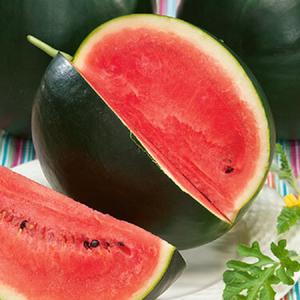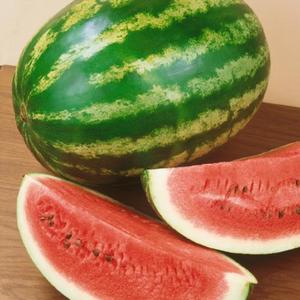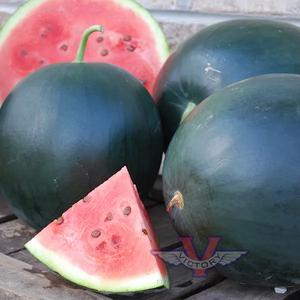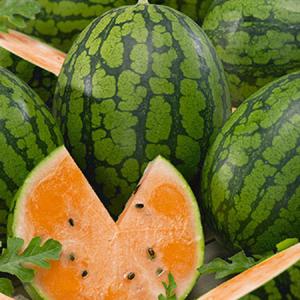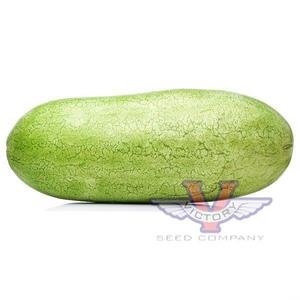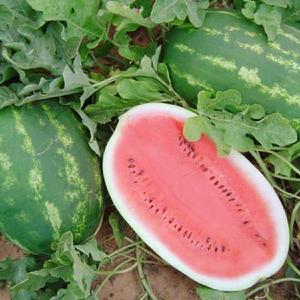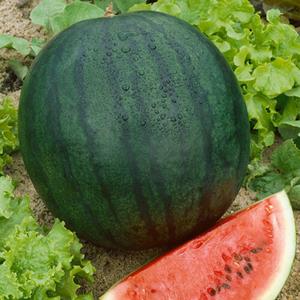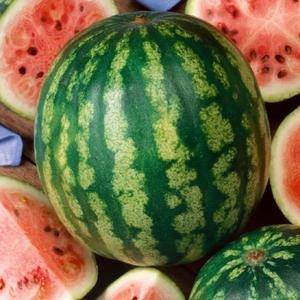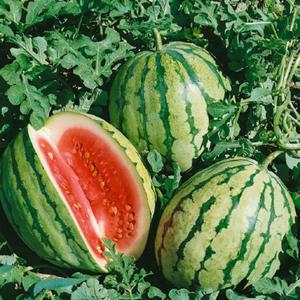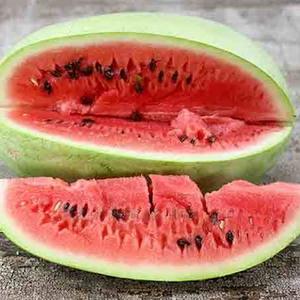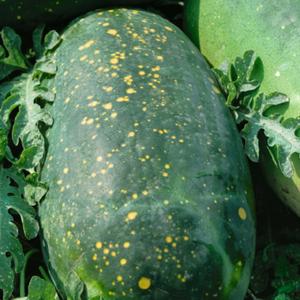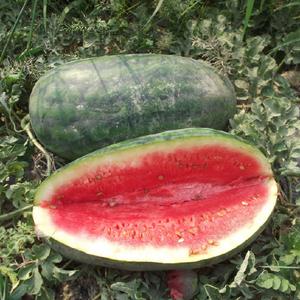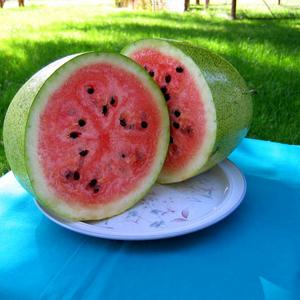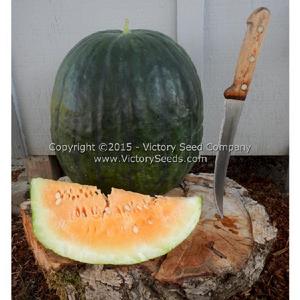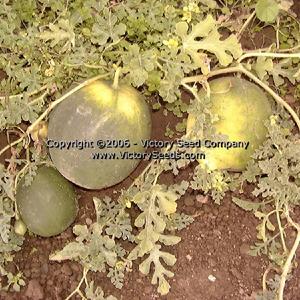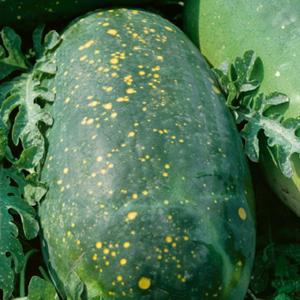Watermelons
Watermelon is a food that is almost synonymous with summertime. There is nothing finer than finishing a leisurely meal with a big slice of the sweet, juicy fruit. In his novel "Pudd'nhead Wilson," Mark Twain writes, "When one has tasted watermelon, he knows what angels eat."
A native to Africa, the wild progenitor of modern day watermelons were not even close to what we now grow and eat. Originally thought to be small, round and bitter flavored, the melon's ability to store large amounts of water, up to 92% by weight, is what attracted ancient people in hot desert regions, to begin cultivating the fruit.
Archaeologists have found watermelon seeds in a 5,000 year old settlements in Libya. Seeds and remain of fruits have been found in 4,000 year old Egyptian tombs, including King Tutankhamen's. By this point, human selection had already began to change the wild fruit into the large, sweet, melons we enjoy today which led to its dissemination into the Middle East and Europe. Here in the United States, Spanish colonists were growing watermelon in Florida by the 1570s and the British in Massachusetts by the 1620s. Since they have been grown for so many centuries, watermelons are available in many different sizes, shapes, colors and flavors; upwards of 1,200 varieties are known to exist worldwide.
(Seed count varies by variety)
Click Here for information about growing watermelons.
